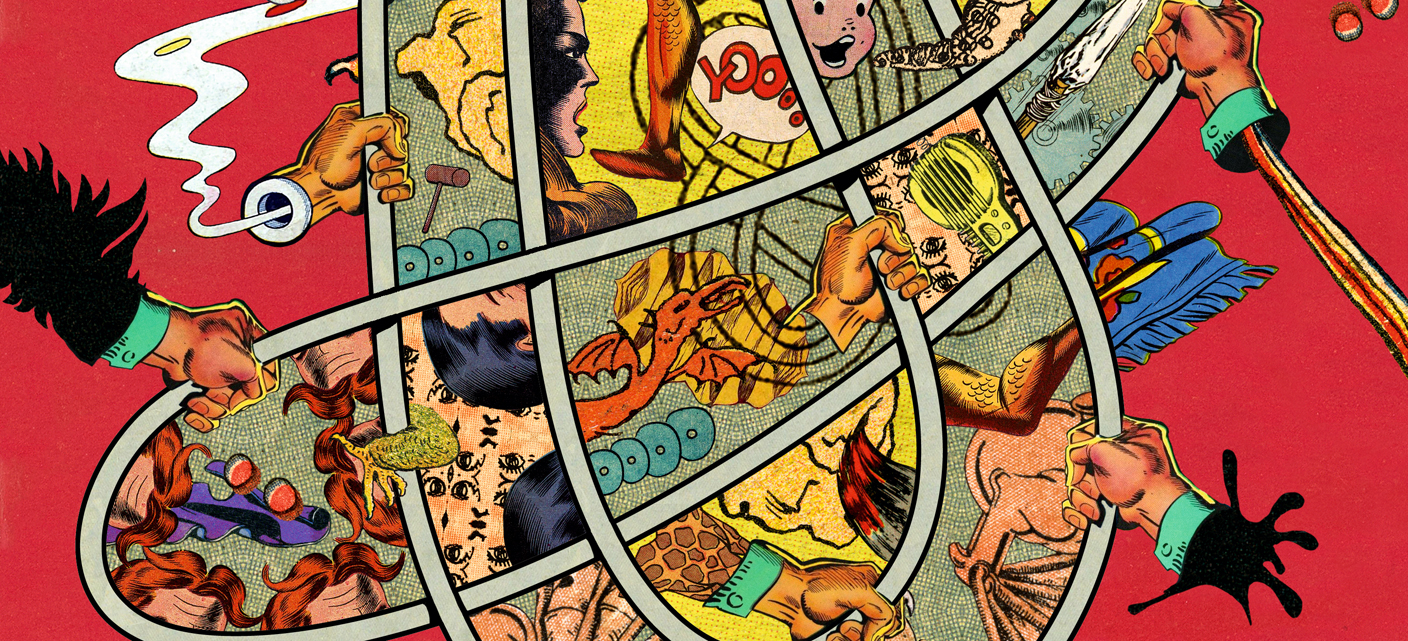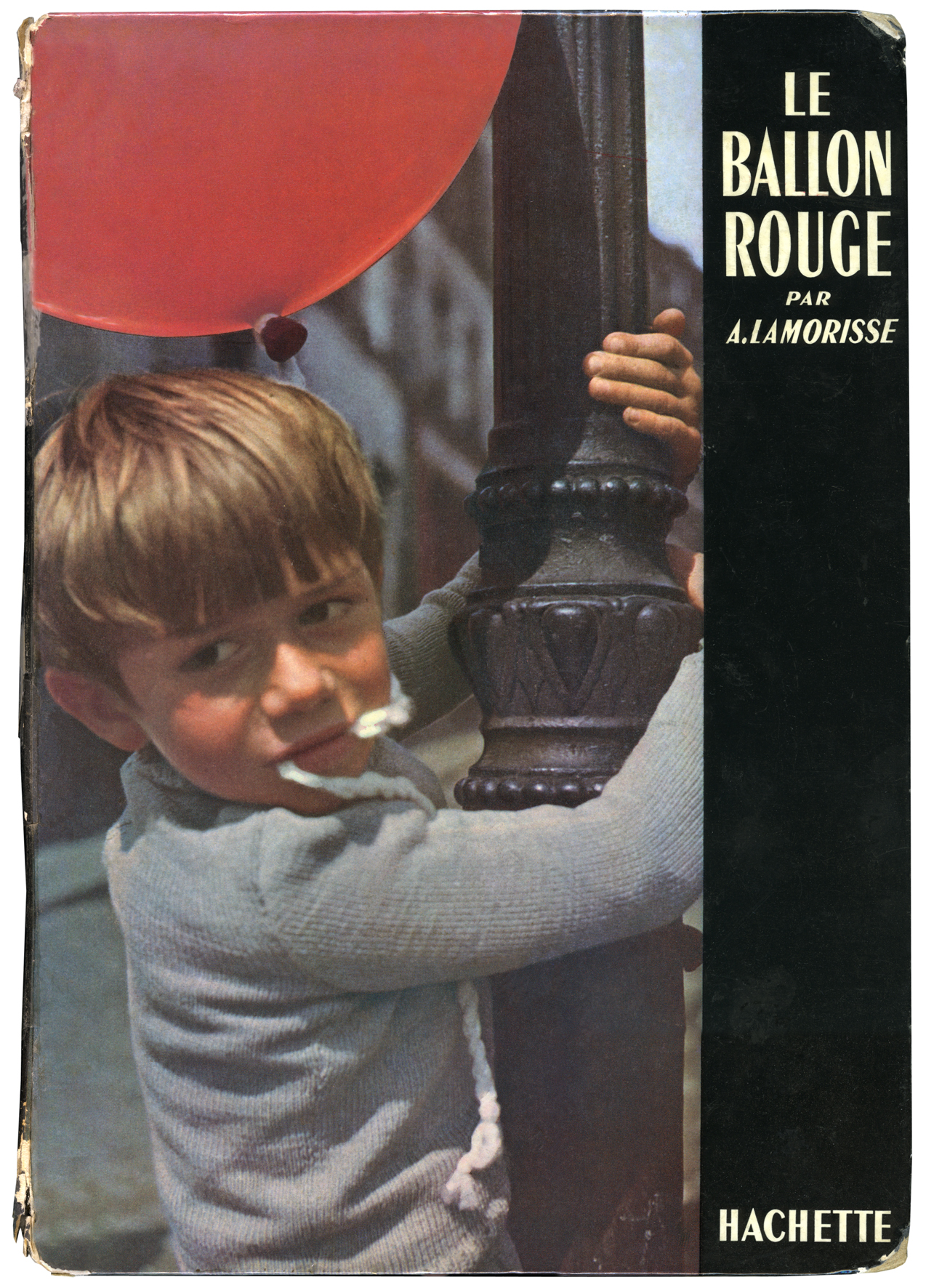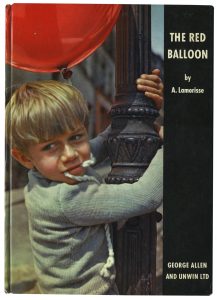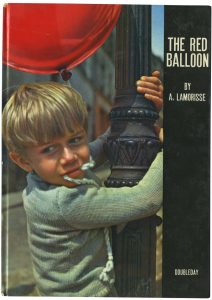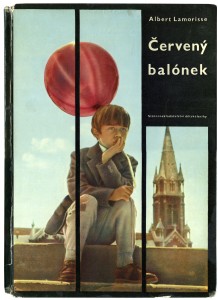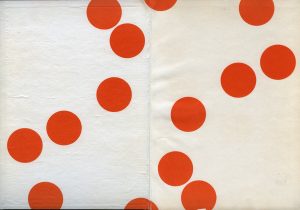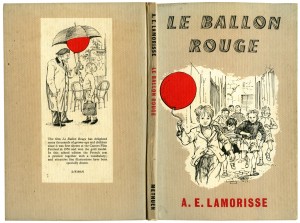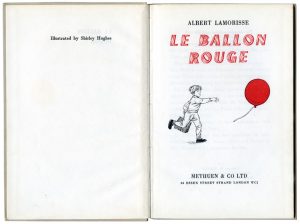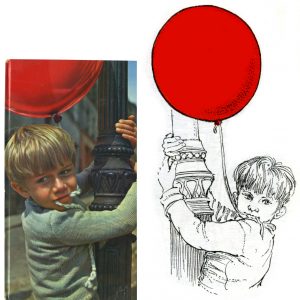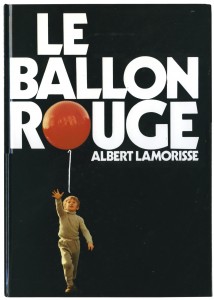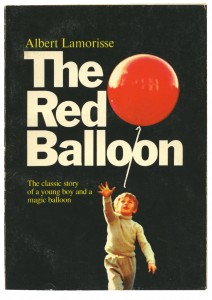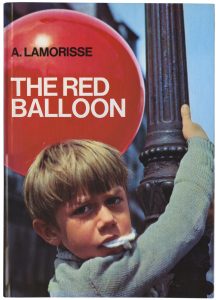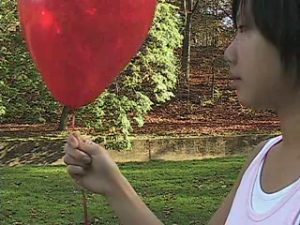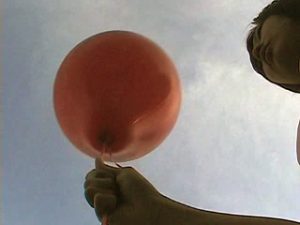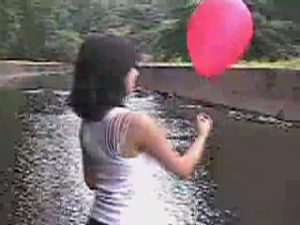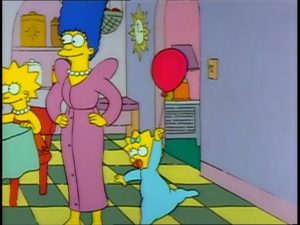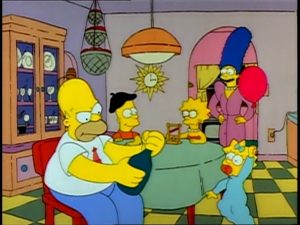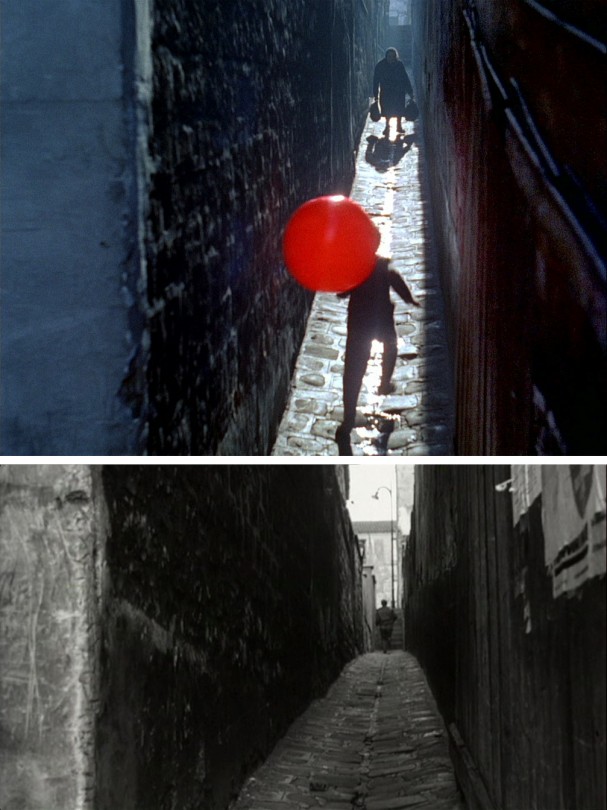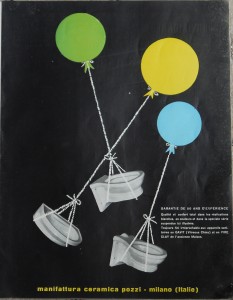The release of the film Le Ballon rouge in 1956 was accompanied by a picture book by Albert Lamorisse presenting the film’s story in words and pictures. The book was produced in the early spring of 1956 and soon became a bestseller the world over. Here is an overview of consecutive editions.
Le Ballon rouge par A. Lamorisse
Paris: Librairie Hachette, 1956
“Les photographies de ce livre ont été pris au cours du tournage du film LE BALLON ROUGE”
Photos by A. Lamorisse and P. Goupil
Front cover photo: Pascal in the rue Vilin (balloon reflections airbrushed out).
Back cover photo: Balloons fly over the passage Piat and passage Julien-Lacroix (colour image)
Printed in rotogravure by Draeger, April, 1956
London: George Allen and Unwin Ltd, 1957
Translated by Malcolm Barnes
Front cover photo: same as the French edition but brighter, sharper, and with reflections in the balloon
On the title page the name of the script girl (Reinie Bource) is given as “R. Bowice”
Text re-set in a sans serif typeface.
Printed in Germany by Carl Schünemann Bremen
(credit line on final page)
American edition
Garden City, New York: Doubleday & Company, Inc., 1957 (?)
Printed in Germany by Carl Schünemann Bremen, Graphische Betriebe (rotogravure)
[Reprint 1970]
Front cover photo: same as the French edition but brighter, sharper, and with reflections in the balloon
In 1959 a Czech edition followed. This one was markedly different:
Czech edition: Cerveny balónek
Prague: Státny nakladatelství detské knihy, 1959
Translated by Adolf Kroupa and with an afterword by Adolf Hofmeister. Graphic design by Josef Prchal. Managing editor: dr. Arnostka Kubelková. Art editor: Vlastimil Lazansky. Text font: Gill Sans.
Press run 30,000 copies. Thematic group 14/2, 1.
Paperback Kcs 10.50, hardback Kcs 17.50.
Features endpapers printed in orange-red.
No printer listed.
Front cover photo: Pascal resting on the top of the stairs in the cité d’Isly, overlooking Notre-Dame-de-la-Croix. Black-and-white photo from page 29, hand-tinted and heavily airbrushed (especially the balloon).
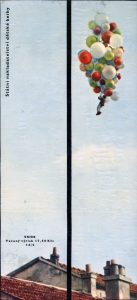 Back cover photo: detail of the black-and-white photo from page 48, hand-tinted.
Back cover photo: detail of the black-and-white photo from page 48, hand-tinted.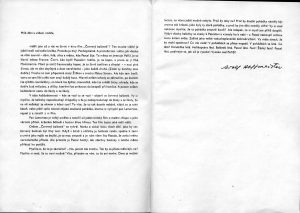 Hofmeister’s afterword
Hofmeister’s afterword
A special feature of the Czech edition is the afterword by Adolf Hofmeister, which goes something like this:
“Dear children and parents, you’ve seen the film The Red Balloon? About the friendship between a red balloon and a small boy, taking place in Paris, in places that are similar to some parts of old Prague. The film won the love of children around the world. Do you think that it is not possible? That balloon cannot be alive? No, that goes only adults. For children in the world everything is possible, to fly in a balloon high over Paris…” (Abstract by Petr Gajdosík)
Adolf Hoffmeister was a Czech writer, translator, playwright, journalist, lawyer and politician. In 1939 he emigrated to Paris, spent six months in prison, fled to Morocco, was in a concentration camp, 1941 fled to the USA and became editor of Voice of America. Returned to Czechoslovakia in 1945. Was Czech ambassador in Paris, 1948-1951. From 1951 rector of the University of Prague and President of Czech PEN club. After 1968 he was banned from all public activity. He died in 1973.
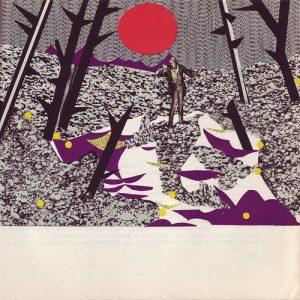 illustration by Adolf Hoffmeister in the 1964 Czech edition of “The First Men in the Moon” by H. G. Wells
illustration by Adolf Hoffmeister in the 1964 Czech edition of “The First Men in the Moon” by H. G. Wells
(see more of Hofmeister’s work here)
English textbook edition
London: Methuen & Co Ltd, 1959
First published April 30, 1959; reprinted 1960 and 1962.
Original French text by A. Lamorisse; all other text by Methuen & Co.; illustrated by Shirley Hughes; printed and bound by Butler & Tanner Ltd, Frome and London.
Publisher’s Note: “This edition is published by arrangement with Librairie Gallimard [should be Hachette?] and the author, to whom our thanks are due. All rights are reserved.”
Contains the original French text (30 pages), a biography of the author, a list of “special speech units”, irregular past historic forms used in the book, parts of the verb “devoir” used, with their meanings; vocabulary (6 pages).
Shirley Hughes’ illustrations were based on the photographs in the original book.
French reprint edition
Paris, l’Ecole des loisirs, 1976
[reprinted 1985, 2007]
Mediocre offset printing by Mame Imprimeurs, Tours, France, resulting in flat images.
Design: same as original but text re-set in Times Roman.
Front cover photo: detail of the colour photo from page 25 (Pascal and Sabine Lamorisse with blue and red balloons)
American paperback edition
Garden City, N.Y.: Doubleday & Company, Inc. (A Zephyr Book). ISBN 0-385-14297-8. Cover design by Peter Schaefer.
Cheap offset printing on cheap paper resulting in atrocious photo reproductions.
Front cover photo: probably based on the 1976 edition.
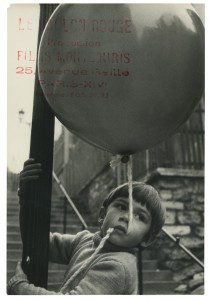 The original film still © Films Montsouris
The original film still © Films Montsouris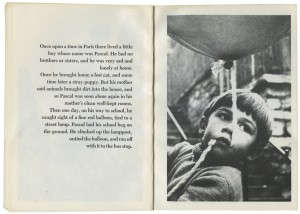 The paperback reproduction
The paperback reproduction
Certain liberties were taken with the page layout as well:
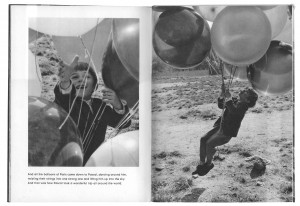 Final scene (original)
Final scene (original)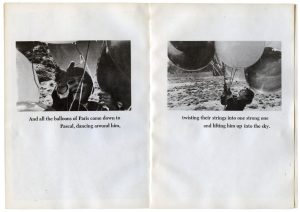 Final scene (paperback)
Final scene (paperback)
And, finally:
American reprint edition
Garden City, N.Y.: Doubleday & Company, Inc.
ISBN: 0-385-00343-9
[20th printing]
Library of Congress Catalog Card number 57-0220
Front cover photo: alternate version of the original (Pascal looking straight into the lens)
Back cover photo: same as original. Back cover lists ISBN.
